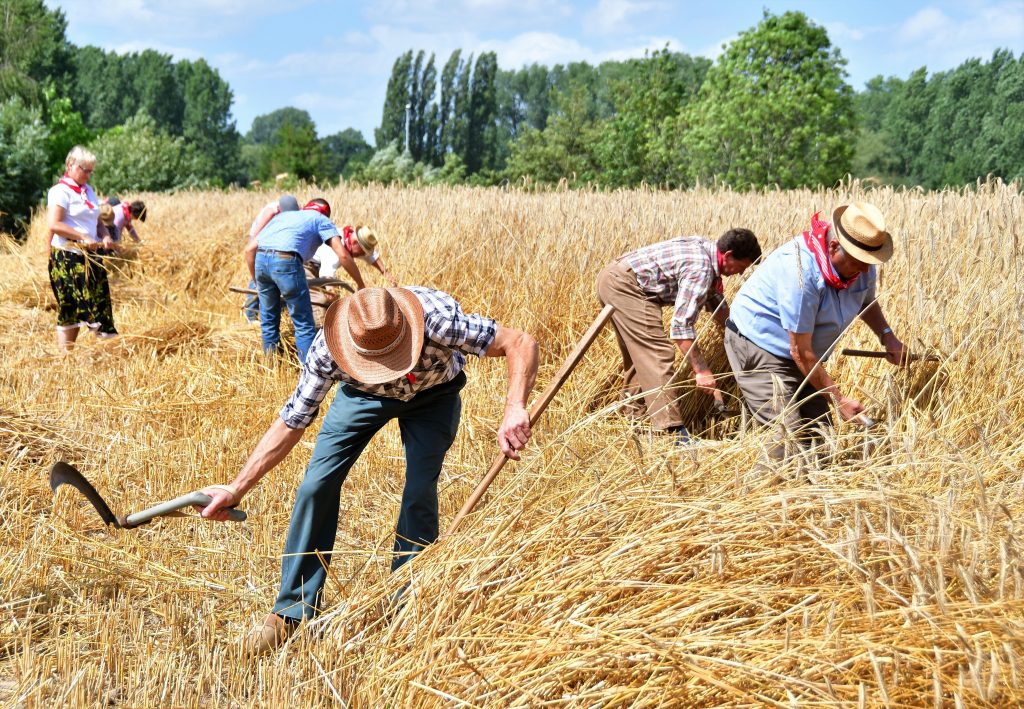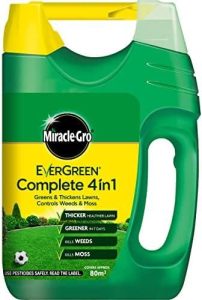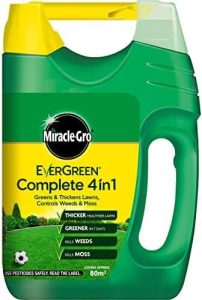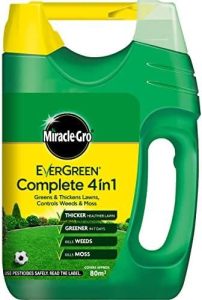As droplets of water cascade down from the heavens above, there lies a golden opportunity to capture and harness nature’s gift for the benefit of our lush green gardens. In the realm of sustainable living and conservation, harvesting rainwater has emerged as a key practice for gardeners seeking to cultivate a thriving oasis without putting a strain on precious water resources. Welcome to the beginner’s guide on how to embark on this enlightening journey of capturing rainwater for the flourishing of your garden. Join us as we delve into the art of collecting, storing, and utilizing this invaluable resource to nurture your botanical sanctuary.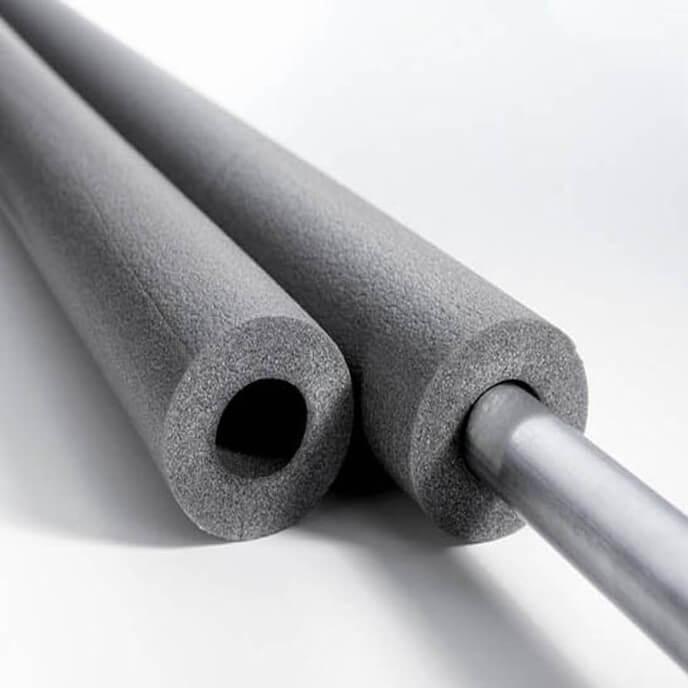
Choosing the Right Rainwater Collection System
When it comes to for your garden, there are several factors to consider. One of the first things to think about is the size of your garden and how much water you will need to sustain it. You’ll also want to consider the climate in your area and the average amount of rainfall you receive each year.
Another important factor to consider is the type of system that will work best for your needs. Some popular options include:
- Barrel System
- Underground Cistern
- Roof-Mounted Collection System
Each system has its own benefits and drawbacks, so it’s important to do your research and choose the one that will work best for your specific situation.

Benefits of Harvesting Rainwater for Your Garden
Rainwater harvesting is a sustainable practice that offers numerous benefits for your garden. By collecting rainwater, you can reduce your reliance on municipal water sources, conserve water, and save money on your water bill. Additionally, using rainwater in your garden reduces the demand on local water supplies, especially during dry periods, helping to protect the environment.
Harvesting rainwater also provides your garden with a source of water that is free of chlorine and other chemicals typically found in tap water. This can lead to healthier plants and soil, as well as improved growth and productivity in your garden. Additionally, rainwater is naturally soft, making it ideal for watering plants that are sensitive to hard water. With the right setup, collecting rainwater can be a simple and cost-effective way to enhance the health and beauty of your garden.

Tips for Maximizing Rainwater Harvesting Efficiency
When it comes to maximizing rainwater harvesting efficiency for your garden, there are several tips and tricks you can implement to make the most out of this sustainable practice. One key aspect to consider is the design and placement of your rainwater collection system. Make sure to position your collection barrels or tanks in areas where they can easily catch runoff from your roof or other water sources.
Additionally, consider investing in a filtration system to ensure that the rainwater you collect is clean and free of debris. You can also enhance the efficiency of your rainwater harvesting setup by using a drip irrigation system to deliver water directly to your plants’ roots. This will not only conserve water but also prevent evaporation and runoff. By following these tips, you can effectively harvest and utilize rainwater to maintain a healthy and thriving garden.

Maintenance and Potential Challenges to Keep in Mind
Once you have set up your rainwater harvesting system for your garden, there are a few maintenance tasks and potential challenges to keep in mind in order to ensure its effectiveness. Regular maintenance is key to keeping your system running smoothly and efficiently. Here are some tips to help you maintain your rainwater harvesting system:
- Clean the Filter: Regularly check and clean the filter to remove any debris or sediment that may have accumulated. This will help prevent clogs and ensure that the water flowing into your garden is clean and free of contaminants.
- Inspect Gutters and Downspouts: Check your gutters and downspouts for any blockages or leaks that may affect the flow of water into your harvesting system. Clear away any debris and make repairs as needed to ensure that water is being captured properly.
In addition to regular maintenance, there are potential challenges that you may encounter with your rainwater harvesting system. One common challenge is dealing with overflow during heavy rainfalls. To address this issue, consider installing an overflow system that redirects excess water away from your garden. Another challenge to keep in mind is the risk of contamination from bird droppings or other pollutants. It is important to regularly inspect and clean your system to prevent contamination and ensure the quality of the water being used in your garden.
To Conclude
As you delve into the world of harvesting rainwater for your garden, you are embarking on a journey towards sustainability and self-sufficiency. By following the tips and techniques outlined in this beginner’s guide, you can make a positive impact on the environment while also reaping the benefits of healthier, more vibrant plants in your garden. So, grab your buckets and barrels, and start capturing the rain – your garden will thank you! Happy harvesting!

